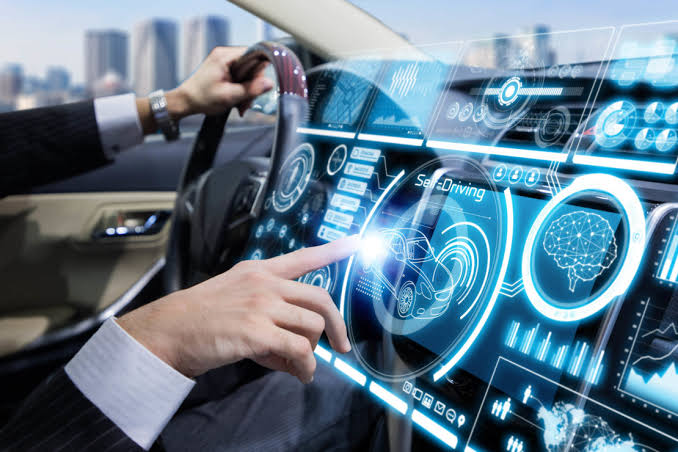
Table of Contents
Cars with 5G :
Will we have cars in near future with 5G connectivity? What does 4G or 5G means in cars ? Will 5G cars be driverless? How cars will have 5G network? What will be the advantage?
If these questions disturb the car lovers and they want the answers, let’s find out what we can get!
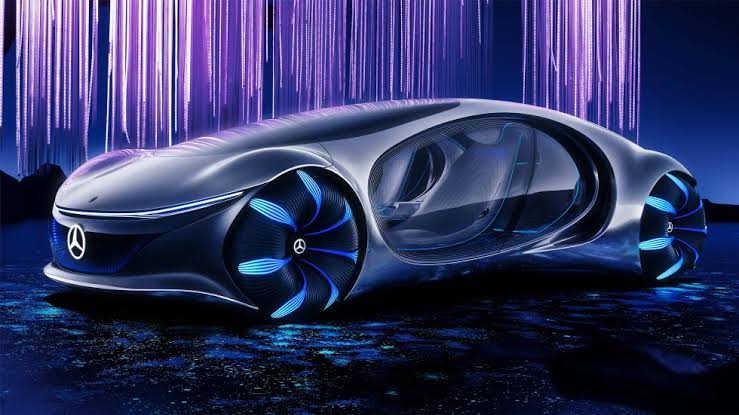
What is 5G and 6G and 10G ?
5G is commonly termed as 5th generation cellular network. It is actually a fifth-generation technology standard for broadband cellular networks, with faster speed and better reliability, which cellular phone companies began deploying worldwide in 2019. It is the planned successor to the 4G networks which provide connectivity to most of the current mobile phones.
Countries like China ,South Korea and the United States have taken measures in adopting 5G sooner than others. Smaller countries like Sweden,Turkey and Estonia also have taken significant steps to make 5G network commercially available.

Many countries even claim to have 7G or 8G network which only means a good or better connectivity and speed with greater bandwidth. Countries having 10G network is also sometimes shown in the internet queries and posts. Sometimes people are confused with the term “G”. If countries claim having 10G, it is obviously not G for generation (as in 4G or 5G), it is G for gigabyte per second speed which many countries have already achieved to get in test conditions.

We must remember that the standard of 5G or 6G or so is only successful when it is available commercially for the masses and not the speed tested at lab in certain conditions. According to Ookla ,an international broadband speed testing agency, Norway has the fastest cellular connectivity among people that has an average speed of 52.6 Mbps but only at certain times.
When will India Get 5G Car ?
In India 13 cities including Delhi, Mumbai, Kolkata, Chennai, Gurugram, Bengaluru, Hyderabad, Chandigarh, Pune, Lucknow, Gandhinagar, Jamnagar and Ahmedabad will get 5G connectivity sooner than others after the 5G spectrum auction expected to be in May to July,2022. TRAI ( Telecom Regulatory Authority of India) is expected to submit the 5G pricing recommendations and structures in March,2022. DoT (Department of Telecommunication ) expects TRAI recommendation is necessary for allocation of 5G blocks and other formalities.

But in case of 5G cars, India is way behind and We can’t say how long we have to wait? Perhaps for another decade. That’s because only 5G car can’t be fully operational without full infrastructural support which is mostly provided from outside the car.
Advantage of 5G network :
The main advantage of the 5G network is that they will have greater bandwidth, giving higher download speeds, eventually up to 10 gigabits per second . In addition to 5G being faster than existing networks, 5G can connect more different devices and with more accuracy, and even if people are in crowded areas, the servers will be more unified, improving the quality of Internet services.
To the increased bandwidth, it is expected the networks will increasingly be used as general ISPs (Internet service Providers) for laptops and desktop computers, competing with existing ISPs such as cable internet, and also will make possible new applications in IoT (internet-of-things ) and machine-to-machine areas. By intensifying the use of the cloud, all devices (mobile phones, computers, etc.) will depend less on the internal memory and on the accumulation of data and it won’t be necessary to install a large number of processors on some objects because computing can be done on the Cloud.
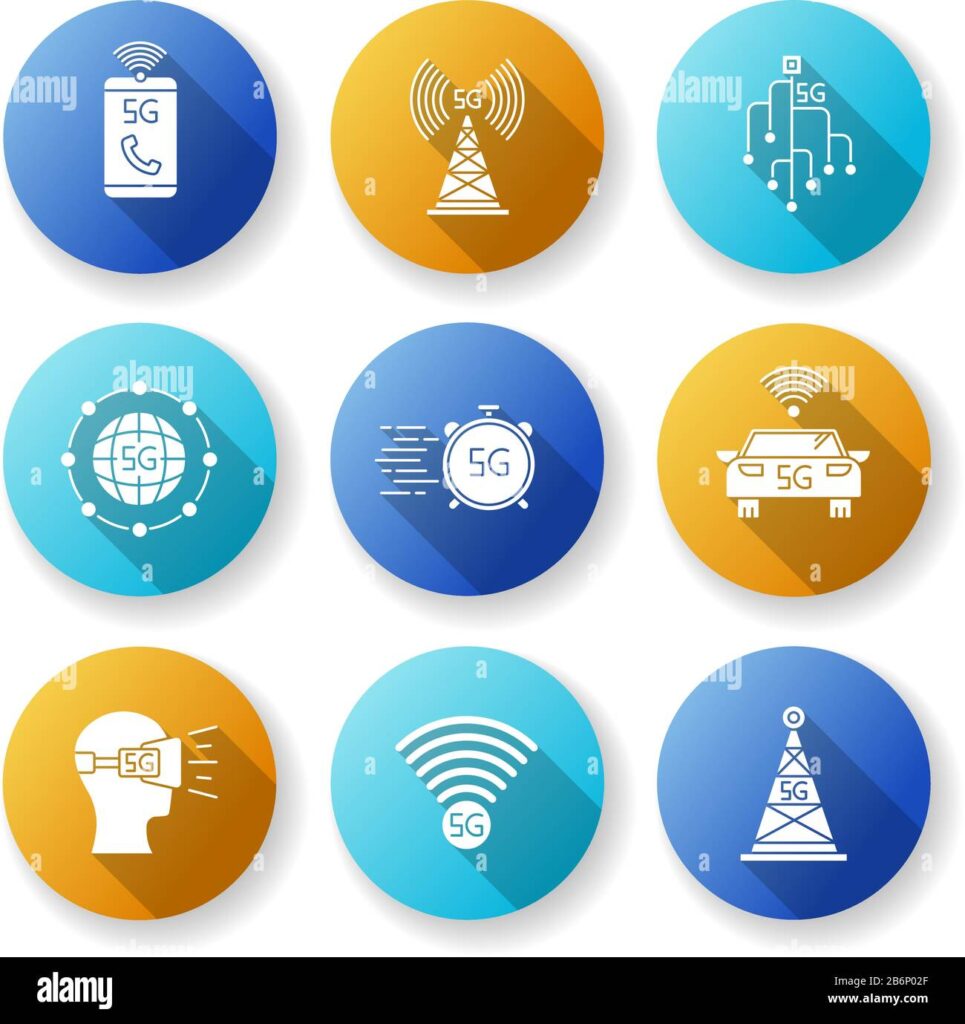
As for example, being able to activate software remotely as if it were executed in personal devices, will allow not having installed the mobile aaps (applications ) in the terminal and executing them directly from the cloud. Just as it will no longer be necessary to store the information in the memory of the device (photos, videos, songs etc).The same is going to happen with new age 5G cars.
How 5G Works in Cars?
Cars having 5G connectivity are just the reality of future with the exponential technological growth and increasing speed of internet connectivity. We already have Amazon’s Alexa or Google Assistant or Apple’s Siri that can connect things with one another. It is called IoT or Internet-of-Things.The 5G cars will be run on almost the same basic principle.

According to a research from Counterpoint’s Smart Automotive Service, 4G enabled cars are reaching maturity in developed countries like the US, China, Germany and the UK alongwith the possibility of 5G Telematics Control Units (TCU). A TCU is the embedded system on board of a vehicle that wirelessly connects the vehicle to cloud services or other vehicles having TCU via cellular connectivity.
The TCU collects various data from the vehicle regarding position, speed, engine situation, connectivity quality and sends it to the network to be received by other connected vehicles. The TCUs are enabled with real time data transfer and fast cloud car communication. The car will interact with the cloud network on regular data updates for its navigation like detailed roadmaps, updates in traffic situation, unexpected condition such as heavy rainfall or icefall, storm or roadblock or any other problem in its way. Even if somebody comes just infront of the car, the 5G system will stop the vehicle without anybody hurting. We have already seen and experienced a glimpse of these in today’s navigation system but in 5G it will be more accurate and automated.
The First 5G Car:
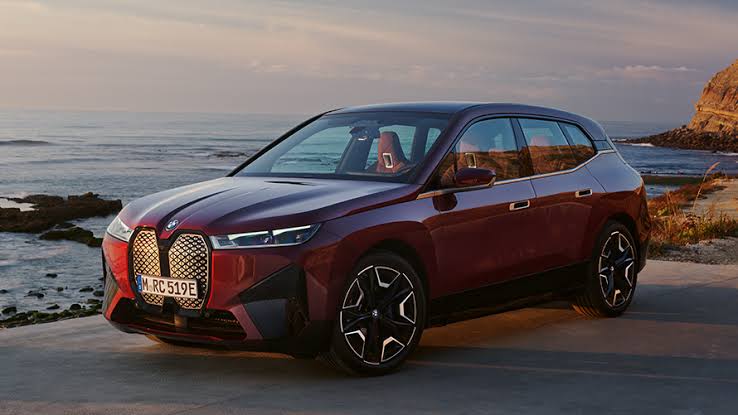
The Automobile industry got it’s first ever 5G enabled car when BMW launched BMW-iX model in November,2021 in Germany. It has been also launched in India recently. The shift towards digitization in the automobile industry and the strengthening of next gen cellular network across the countries will enable the launching of more connected cars in near future. China has become a leader in 5G connectivity in cars due to unified infrastructure. Even 5G connected cars in China like Arcfox Alpha T, Roewe Marvel R and Haval H6 are needed more infrastructural support to work in full fledge on roads. Soon other global automakers like Chevrolet, Geely, Ford, Buick and BMW will be running there with China’s largest automakers like SAIC motors and BAIC motors cars.

Will 5G Cars be Driverless?
The 5G car technology obviously puts emphasis on the use of automated technology and navigation rather than a human driver on the roads. Though a 5G car need not to be driverless always but it can run on its autonomous system if there is even someone behind the steering wheel. If there is no driver or the driver is not willing, the car could be controlled remotely by an external operator acting as traffic controller.
If some unexpected or unknown situations occur in such case the autopilot mode will deactivate the system for safety reason and the automatic car would return the task and responsibility of driving to the human driver. If the control is not taken by any driver or there is a delay in taking decisions, then the car will be moved to the outside of the road in a secure driving mode and will stop if needed.
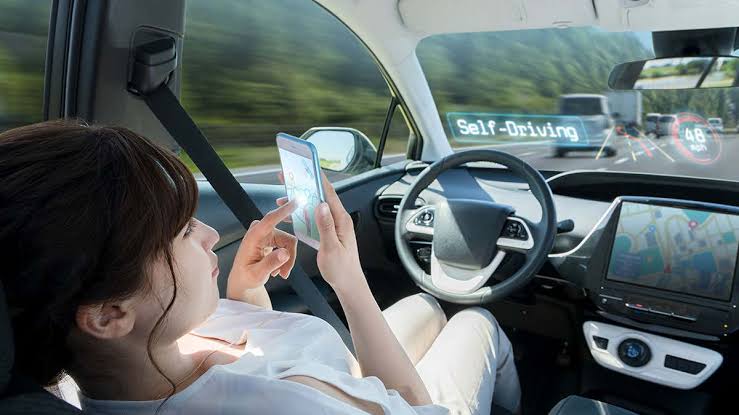
DSRC vs CV2X:
Today’s cars mostly relies on the basics of DSRC (dedicated short range communication) with Wi – fi enabled network where as 5G cars will be an automatic version with CV2X (cellular vehicle to everything) technology. Both use different technologies and CV2X might be more accurate in case of saving lives in accidents where even half a milisecond can decide life or death. 5G network thus will enable fewer road accidents and deaths.(To know in detail watch the video below)
The Future with 5G :
Implementing full 5G automated cars on roads is a task of tasks.The full automation of the vehicles will happen gradually.Today’s cars are already equipped with intelligent assistance systems like digital navigation system, parking assistance, speed regulation system, cruise control, sensors for understanding blocks, intelligent camera systems etc. All these will interact for an efficient and comfortable driving along with the distance regulation systems. For a fully automated vehicle the responsibility shifts from the driver to the system and consequently to its manufacturer or operator which certainly can discourage the automakers. That’s why the the automation will at first be limited to sufficiently controllable driving situations and in regulatory spaces and not on the open roads where situations outside the car and road condition cannot be controlled beforehand.
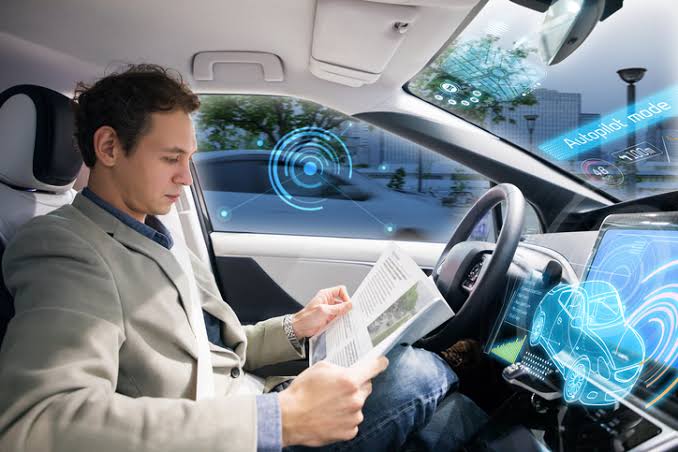
( Sincere acknowledgement to Wikipedia, IOTsworldcongress and telekom.com)